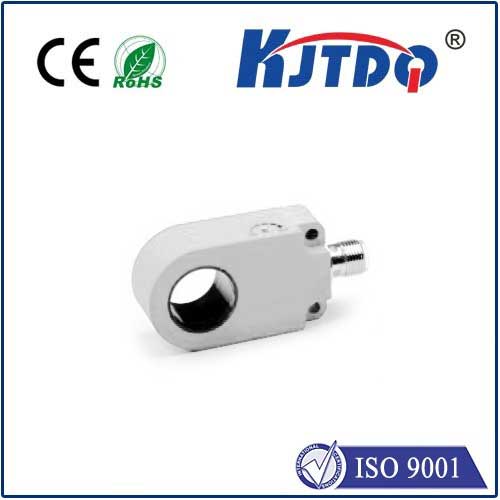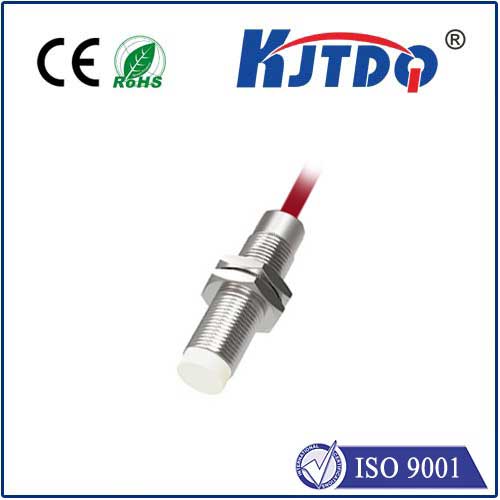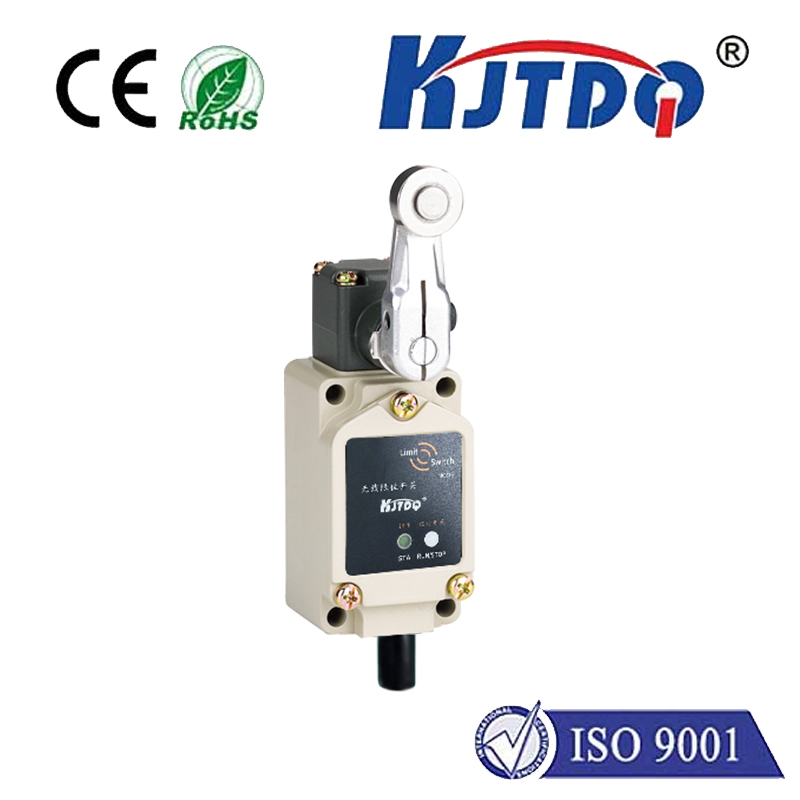

check

check

check

check

check

check

check

check

check

check
As social creatures, humans have a natural inclination to seek connection with others. We often find ourselves drawn to people who share similar interests, values, or beliefs, and we enjoy spending time with them. However, it's equally important to maintain a healthy distance from those who may be toxic or harmful to our mental and emotional well-being. This concept is known as the proximity limit, and it plays a crucial role in our ability to form meaningful relationships and lead fulfilling lives.
The proximity limit refers to the boundaries we set around our personal space and the people with whom we interact. These boundaries are not only physical but also emotional and psychological. They help us determine when we feel comfortable being around someone and when we need space to reflect and recharge. When we respect these limits, we are more likely to develop healthy relationships that foster growth, support, and mutual respect.
One of the key aspects of the proximity limit is learning to identify and manage our emotions. When we feel overwhelmed or emotionally drained, it's essential to take a step back and reassess our surroundings. This may involve removing ourselves from a situation that is causing unnecessary stress or seeking support from trusted friends or loved ones. By recognizing our needs and communicating them effectively, we can ensure that we are always staying within an appropriate proximity limit.
Another aspect of maintaining healthy relationships is setting clear boundaries. This involves being honest with oneself about what one can and cannot tolerate in a relationship. It also means respecting the boundaries of others and refraining from engaging in behaviors that violate their personal space or make them feel uncomfortable. By establishing and enforcing these boundaries, we can create an environment of trust and mutual respect, which is vital for building lasting connections with others.
In addition to managing our emotions and setting clear boundaries, it's essential to cultivate self-awareness. This involves understanding our own needs, values, and goals, as well as how they impact our interactions with others. When we are fully present in our interactions with others, we are better able to read signals and respond appropriately. This allows us to build stronger, more authentic connections based on mutual understanding and respect.
Maintaining a healthy proximity limit requires effort and intentionality, but the rewards are well worth it. By respecting our own boundaries and those of others, we can create supportive relationships that bring joy, fulfillment, and meaning to our lives. So next time you find yourself in a situation that feels overwhelming or stressful, remember to take a step back, assess your surroundings, and honor your own proximity limit. Your mental and emotional well-being will thank you for it.









